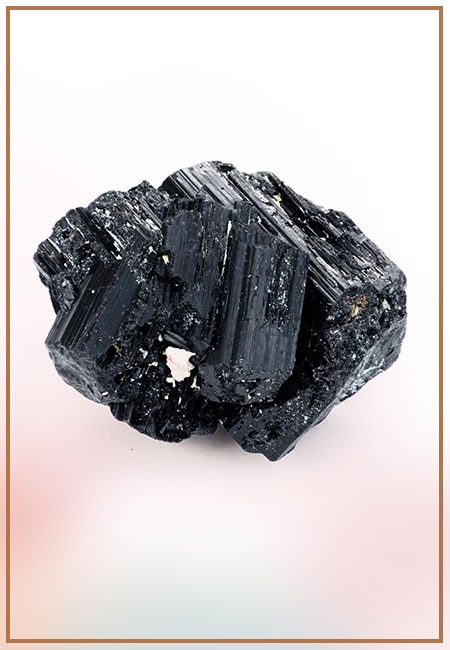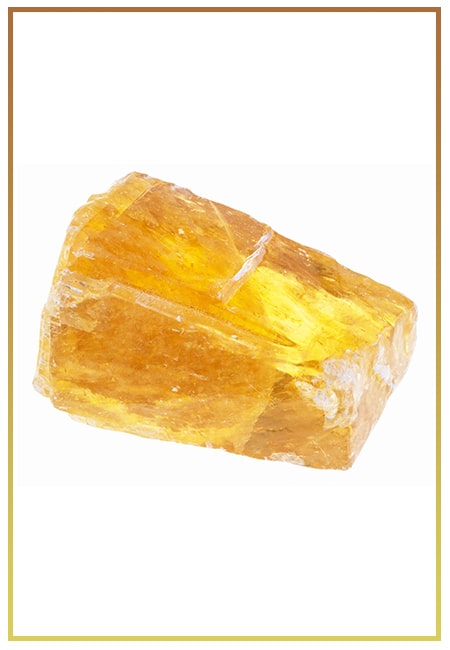- Written By Team DWS
- Festivals
- September 10, 2024
The Power of Peace: Celebrating the International Day of Peace
Every year, on September 21st, individuals, communities, and nations around the globe come together to observe the International Day of Peace. This day serves as a powerful reminder of the vital importance of peace in our world—a call to action that resonates with the ideals of harmony, understanding, and a commitment to coexist peacefully. As we delve into the significance of this day, we reflect on the power of peace and its profound impact on our lives and the world we live in.
The Historical Context
The International Day of Peace was established in 1981 by the United Nations General Assembly. The choice of September 21st was deliberate, aiming to coincide with the opening of the UN General Assembly, symbolizing unity on a global scale. The day was initially dedicated to the observance of ceasefires and non-violence, allowing countries to come together, if only momentarily, to reflect on peace. Over the years, the emphasis has broadened to include various peace-building activities, global education, and advocacy for human rights.
The International Day of Peace serves as a platform for dialogue, fostering global cooperation to tackle some of the most pressing issues of our time, such as armed conflict, poverty, and social injustice. It underscores the notion that peace is not merely the absence of war but a multifaceted process that involves promoting equality, respect for diversity, and sustainable development.
-dws638616082887795893.jpg)
Themes of Peace
Each year, the UN designates a specific theme for the International Day of Peace, focusing global attention on particular aspects of peacebuilding. Themes can range from issues like climate change and its consequences on peace to the importance of education in fostering a culture of peace. These themes serve as focal points, encouraging citizens and organizations worldwide to engage in activities that align with these messages, demonstrating that every individual has a role in promoting peace.
For instance, recent themes have highlighted the significance of climate action, emphasizing how environmental degradation can exacerbate tensions and conflicts. By understanding these connections, we can take collective action to address the root causes of discord and build sustainable communities grounded in peace.
The Role of Individuals
While international and governmental initiatives play a crucial role in fostering peace, individual actions are paramount. The power of peace begins at the grassroots level—within our families, neighborhoods, and communities. Each person can contribute by embodying the values of empathy, compassion, and respect for diversity. Small acts, such as engaging in thoughtful conversations, extending a hand to those in need, or standing up against discrimination, can create ripples of change.
Additionally, individuals are encouraged to participate in peace-building initiatives, whether through local events, workshops, or global campaigns. Social media provides a powerful platform to share messages, stories, and insights related to peace and to connect with like-minded individuals and organizations dedicated to this cause.
Education also plays a pivotal role in establishing a culture of peace. Teaching children about inclusivity, tolerance, and the importance of conflict resolution can shape future generations that prioritize dialogue over violence. The International Day of Peace serves as an opportunity for schools and educational institutions to host discussions, art projects, and other activities that inspire students to think critically about peace and their role in fostering it.
Community Engagement and Global Solidarity
Celebrating the International Day of Peace often transcends borders, uniting diverse communities around a shared mission. Events such as interfaith dialogues, cultural celebrations, and peace marches provide opportunities for individuals from various backgrounds to come together in solidarity. These gatherings reinforce the idea that peace is a collective endeavor, transcending cultural, racial, or religious differences.
Furthermore, global collaboration is essential to address complex issues that threaten peace. Initiatives that promote sustainable development, gender equality, and social justice empower communities and foster resilience. Organizations around the world use the International Day of Peace as a springboard for outreach and advocacy, encouraging collaborative efforts to create a more peaceful and just world.
Looking Ahead
As we celebrate the International Day of Peace, it is crucial to recognize that the journey toward lasting peace is ongoing. Each of us has a part to play, whether it’s through activism, education, or simply promoting kindness in our daily lives. The themes we adopt, the conversations we initiate, and the actions we take all contribute to a larger tapestry of peace.
In moments of chaos or conflict, it can be easy to feel disheartened, but the resilience of the human spirit is profound. Every small effort adds up, creating a more inclusive and harmonious world. Let us dedicate ourselves to carrying the spirit of the International Day of Peace throughout the year—creating lasting change by embodying the principles of peace in every interaction and endeavor.
This September 21st, take a moment to reflect on the power of peace and your role in promoting it. Let us celebrate not just the existence of peace but actively work towards it, ensuring our world thrives in understanding, compassion, and unity. Together, we can foster a future where differences are embraced, conflicts are resolved through dialogue, and every individual feels valued and heard. By committing to peaceful actions in our daily lives, we can inspire those around us to join in this vital mission. This September 21st, let’s stand together in our shared dedication to peace and make it a reality for all.
-dws638615431523576105.jpg)
International Day of Peace: Frequently Asked Questions (FAQs)
Sure! Here are some frequently asked questions (FAQs) about the International Day of Peace:
Q1: What is the International Day of Peace?
A1: The International Day of Peace is observed annually on September 21. Established by the United Nations in 1981, this day is dedicated to promoting and strengthening the ideals of peace, both within and among nations. It encourages people to reflect on and engage in activities that promote peace.
Q2: When did the International Day of Peace start?
A2: The International Day of Peace was first celebrated in 1982. It was established by the United Nations General Assembly in resolution 36/67 and has been observed every year since.
Q3: What is the theme for the International Day of Peace?
A3: Each year, the International Day of Peace has a specific theme that reflects current global issues related to peace and security. The theme for a particular year is announced by the United Nations in advance of the observance.
Q4: How is the International Day of Peace celebrated?
A4: The International Day of Peace is celebrated in various ways around the world. Activities may include educational events, peace marches, musical performances, community service, discussions, and workshops that promote peace and non-violence.
Q5: How can individuals participate in the International Day of Peace?
A5: Individuals can participate by engaging in activities that promote awareness of peace, organizing or joining local events, practicing acts of kindness in their communities, and advocating for social justice, conflict resolution, and non-violence.
Q6: Why is the International Day of Peace important?
A6: The International Day of Peace serves as a reminder of the need for world peace and non-violence. It encourages individuals and communities to reflect on the importance of harmony and the responsibilities we have toward fostering peace in our societies and globally.
Q7: Is there a moment of silence associated with this day?
A7: Yes, at 12:00 PM (local time) on September 21, a moment of silence is encouraged to reflect on peace and silence conflicts around the world. This is a global call for peace during which people are invited to stop and think about the need for peace.
Q8: Can organizations get involved with the International Day of Peace?
A8: Yes, organizations, including schools, non-profits, and community groups, are encouraged to participate by hosting events, initiating campaigns, and engaging in peace-building activities. Many organizations also use this day as an opportunity to raise awareness about peace-related issues.
Q9: What role does the United Nations play in the International Day of Peace?
A9: The United Nations plays a key role in the observance of the International Day of Peace by promoting the day through its various agencies and initiatives. It provides resources and guidelines for individuals and organizations to participate effectively.
Q10: How can I learn more about the International Day of Peace?
A10: Additional information can be found on the official United Nations website dedicated to the International Day of Peace, as well as through social media platforms and local community resources that focus on peace and conflict resolution.
Feel free to use or adapt these FAQs as needed!
Popular on Blogs

Black Tourmaline: Meaning, Healing Properties, Fascinating Facts, Powerful Attributes, Versatile Uses, and Beyond
September 05, 2023 / BY Team DWS
Black Tourmaline, also known as Schorl, is a highly revered crystal with incredible metaphysical properties. It derives its name from the Dutch word "turamali," meaning "stone with ..

Carnelian Stone: Meaning, Healing Properties, Power, Facts, Color, Uses and More
December 26, 2023 / BY Team DWS
Carnelian is a vibrant and captivating gemstone that holds a plethora of meanings, healing properties, and powers. Its warm and fiery energy makes it a popular choice among crystal ..

Citrine: Exploring its Meaning, Healing Properties, Fascinating Facts, Powers, Versatile Uses, and Much More
November 18, 2023 / BY Team DWS
Citrine, with its warm golden hues, has captured the attention and imagination of people for centuries. This beautiful gemstone, commonly associated with wealth and prosperity, hol ..

Black Onyx: Unveiling the Meaning, Healing Properties, Fascinating Facts, Powerful Attributes, Versatile Uses, and Beyond
July 25, 2023 / BY Team DWS
Black Onyx, a striking gemstone admired for its deep black hue and elegant appearance, has captivated people for centuries. In this comprehensive guide, we will delve into the mean ..

Unveiling the Mysteries of Turquoise Stone: Exploring its Meaning, Healing Properties, Power, Facts, Color, Uses, and More
December 05, 2023 / BY Team DWS
Turquoise, with its captivating blue-green hue, has been adorning jewelry and artifacts for centuries. This striking stone has a rich history, rich symbolism, and a plethora of int ..

The History Behind The Popularity of Red Agate
December 23, 2022 / BY Team DWS
An Agate is a type of magma rock that takes many years till it is washed out naturally into the water. And that is the reason this stone has elements of water. This beautiful stone ..

Bloodstone: Unveiling the Meaning, Healing Properties, Facts, Powers, Uses, and More
August 21, 2023 / BY Team DWS
Bloodstone, with its captivating deep green color with specks of red, is a mesmerizing gemstone that has fascinated civilizations for centuries. It possesses unique healing propert ..

Plan a Perfect Valentine's Week with Our Valentine Week List 2025
January 22, 2024 / BY Team DWS
Valentine's Day is undoubtedly the most romantic day of the year, but we believe that one day is just not enough to express your love and make your partner feel special. That's why ..


